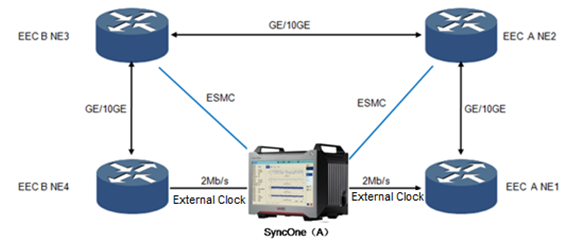Apply in scenarios of authentication, network devices, operators, power system
Overview
With the large-scale deployment and application of 3G/4G network and full IP development of network and services, the packet transmission technology will replace SDH/MSTP network and become the mainstream transport network. At this time, on one hand the new transport network technology will request higher requirements for synchronization performance; on the other hand, in the evolution from circuit-switched network to packet-switched network, the compatibility of traditional TDM services and the inter-connection between traditional circuit-based networks require that the packet networks should provide high-quality synchronization and timing performance.
In such case, it needs to achieve frequency synchronization and interoperability between different devices. Frequency synchronization is closely related to the type of clock devices. In the environment of packet network, the types of devices involved in frequency synchronization include PTN, POTN, PON devices, as well as SDH, MSTP OTN devices that need to interconnect with packet network. The type of clock devices may include EEC, SEC, PEC and hybrid clock types.
In response to the technical requirements of frequency synchronization and interconnection in packet networks, MIIT has promulgated the industry standard of “YD/T 3074-2016”. It states the requirements and methodology of frequency synchronization for all kinds of packet devices such as PTN, POTN, PON in the environment of packet networks and those SDH, MSTP, OTN devices that need to interconnect with packet network. Therefore, it effectively regulates the frequency synchronization and interconnection of different manufacturers and different types of equipment.
We provide test solutions for frequency synchronization and interoperability in packet network.
Test Diagram

Fig 1 Frequency Synchronization Interoperability Measurement between EECs